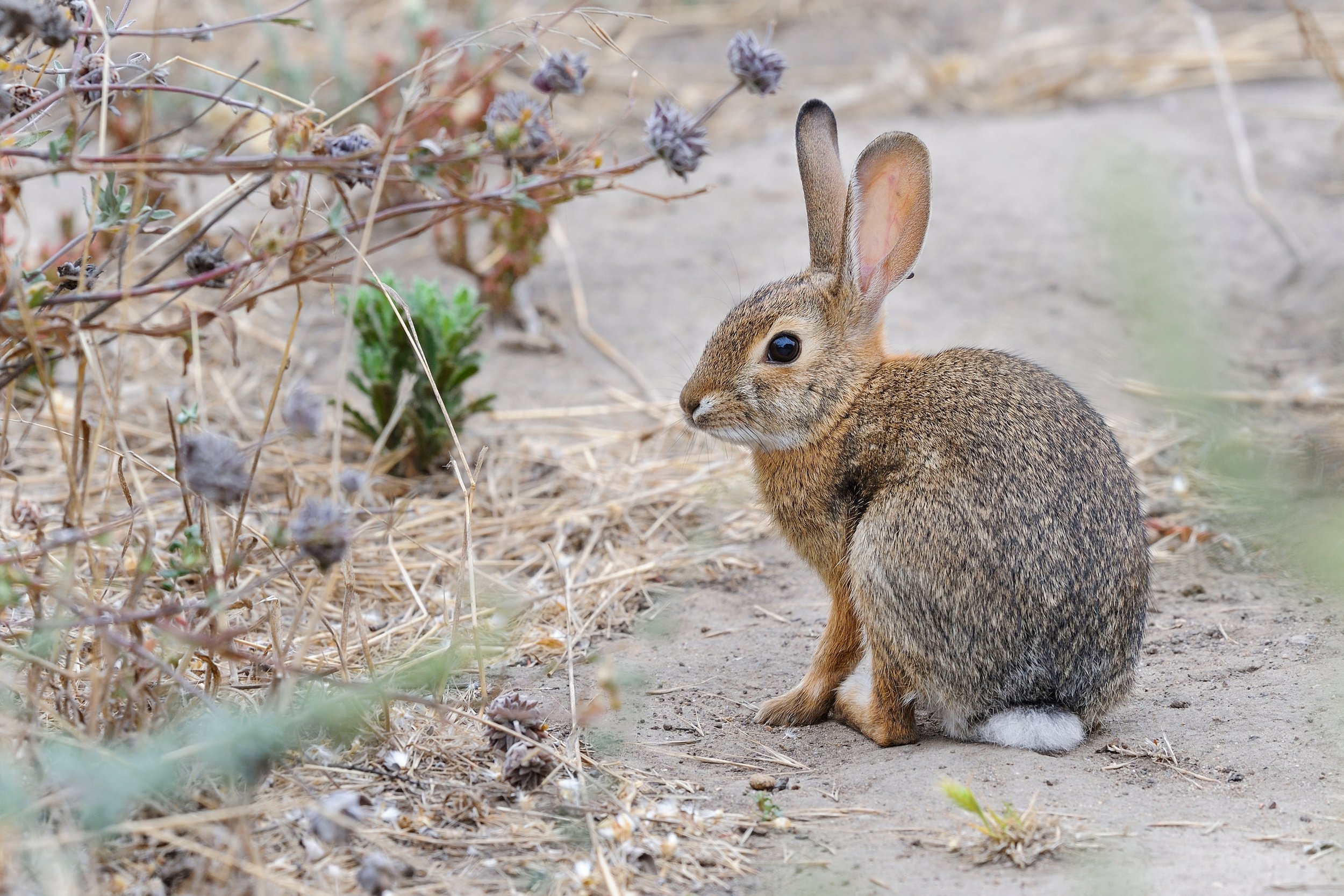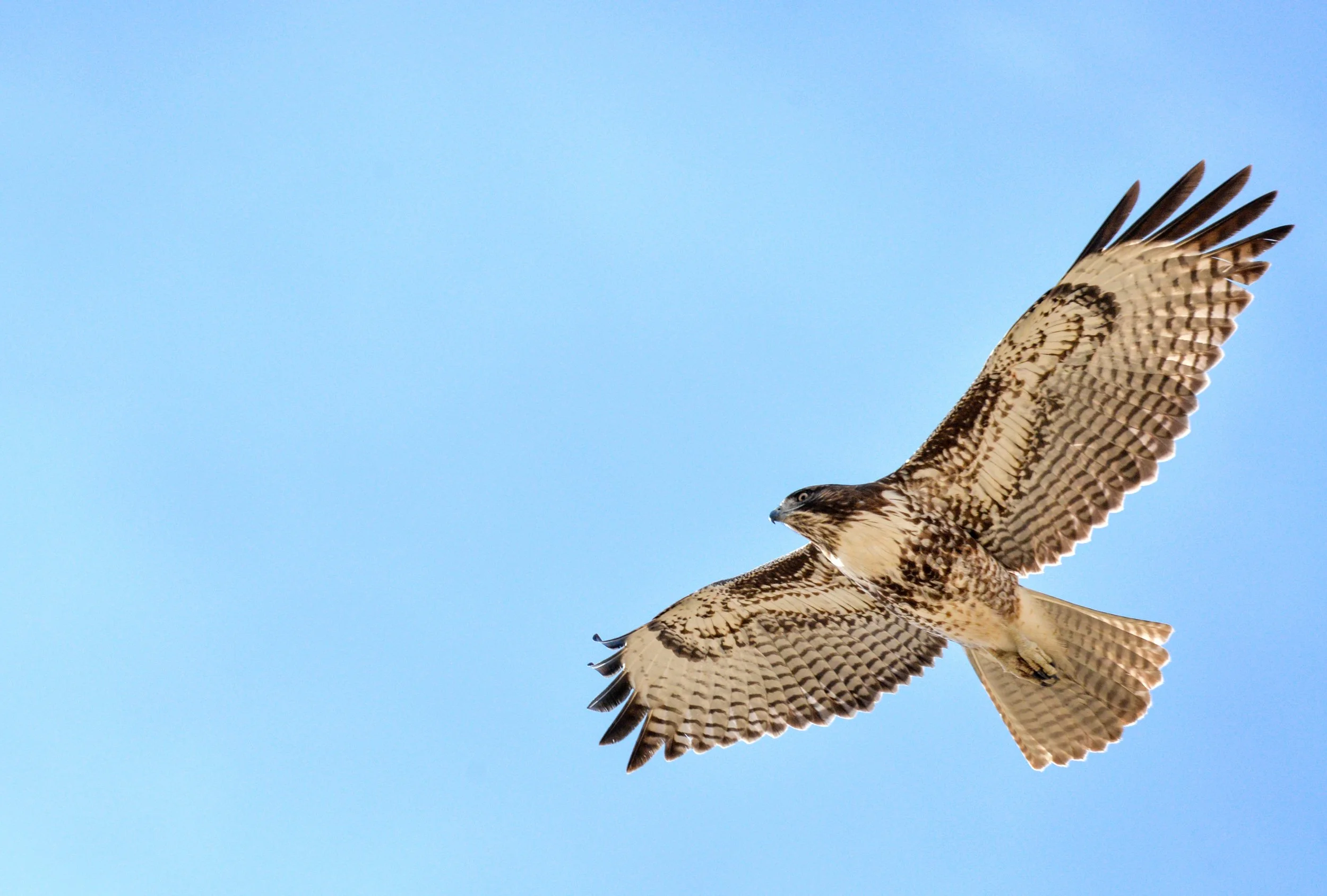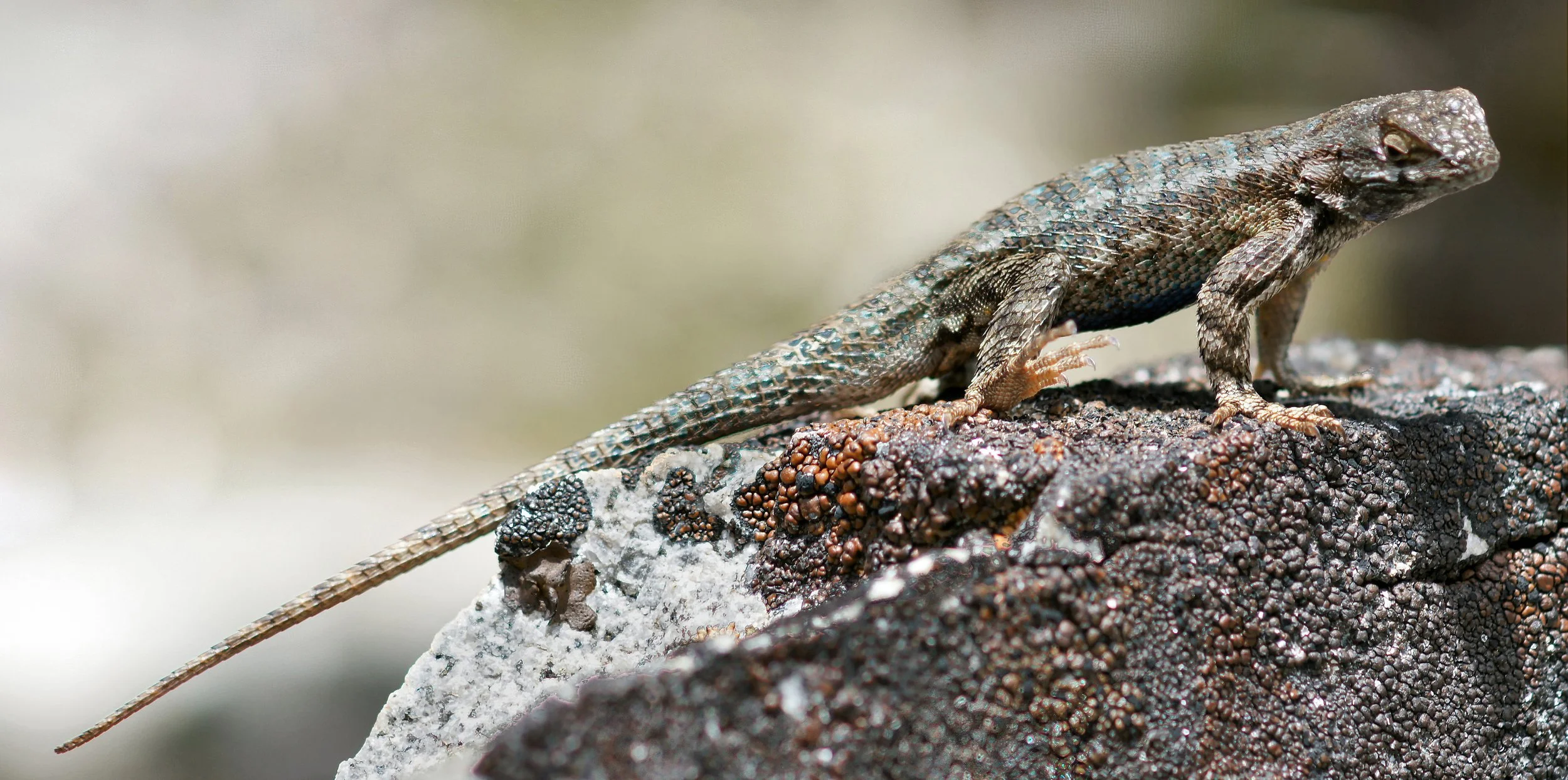
Animals at Ascot Hills Park
The common wildlife species observed today in Ascot Hills Park are but a small fraction of those that were here before the impacts of human induced habitat changes.
Historically, the Ascot Hills may have been home to large terrestrial animals such as Black and Grizzly bear, deer and cougar. Most have been lost to hunting and fragmentation of habitat. Only occasionally in our modern times do we hear of a vagrant deer or cougar that may have strayed from the local undeveloped mountains that still host remnant populations.
Avian species including birds and insects may have been here in greater numbers, but today, the park still provides food and home to many species.
Today park visitors can readily observe many birds that are active in the daytime, including raptors such as Red-tailed Hawk and American kestrel, and many insect, berry, and seed eating birds. Hummingbirds too, are active and can be observed in the daytime. Some owls such as Great Horned and Barn owl which are normally nocturnal have been observed on occasions such as when they are breeding and have young fledglings,
A list of commonly observed terrestrial animals is included below:
-

Mammals
Virginia Opossum (Didelphis virginiana) introduced, nocturnal
Audubon’s Cottontail (Sylvilagus audubonii)
California Ground Squirrel (Spermophilus beecheyel)
Fox Squirrel (Sciurus niger) introduce species
Botta’s Pocket Gopher (Thomonys botttas)
California Pocket Mouse (Chaetodipus californicus)
Coyote (Canis latrans)
Striped Skunk (Mephitis mephitis)
Bobcat (Felix rufus)
-

Birds
Ascot Hills provides a habitat for numerous species of birds. Many are residents breeding at the park, and some are migrants or occasional visitors.
122 birds have been spotted in Ascot Hills Park, according to eBird.org, as of December 8, 2024.
-

Invertebrates
Mollusca:
Milk Snail (Otala lactea) – note introduced from N. Africa or Spain as a food source
Arthropods:
Insects – too many to fully list.
Butterflies: such as Monarch, Cloudless Sulfur, and Painted Lady to name just a few.
Beetles – Darkling or Stink Beetle – (Elodes obscurus)
Arachnids:
Spiders, such as orb weavers. The Trap door Spider was observed in the early history of the park (2007), but may have been lost with park improvement and visitor usage.
-

Reptiles
There are several reptile species in the park, but the population has not been surveyed. Commonly observed species include:
Snakes:
Gopher snakes (Oituophis catenifer) are common
California King snake (Lampropeitis getulus) is less common
Pacific Rattlesnake (Crotalus viridis) or other venomous snakes were here historically, but none have been observed since park development.
Lizards:
Great Basin Fence Lizard (Sceloporus occidentalis long pipes)
Southern Alligator Lizard (Elgaria multicarinatus)

